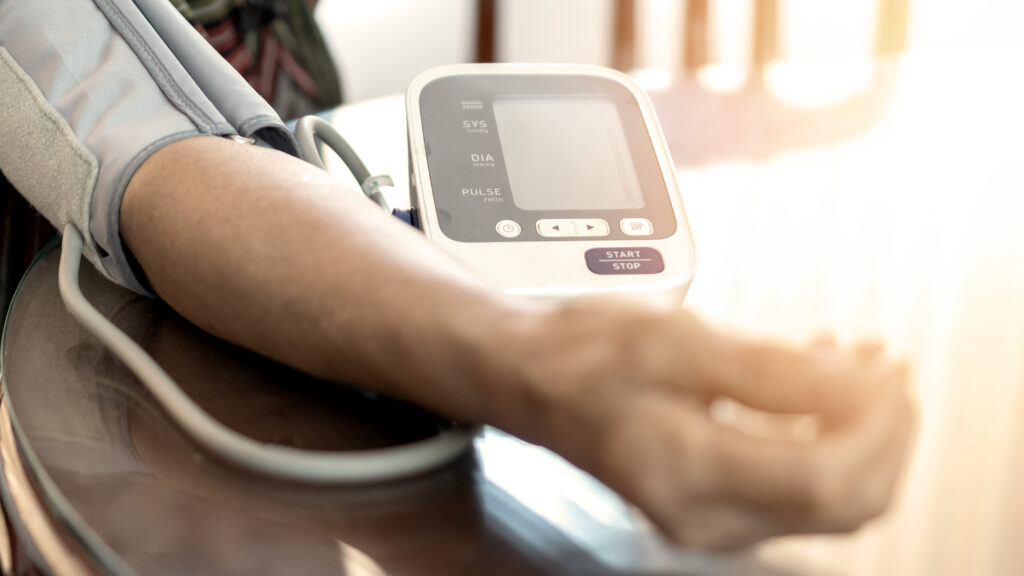As healthcare evolves, the integration of telehealth and remote monitoring has become essential, particularly for managing chronic conditions. In our ongoing UX in Universal Design Series, we focus on how these technologies can be designed with Universal Design principles to support individuals with chronic conditions, ensuring that healthcare remains accessible, effective, and patient-centered.
The Importance of Telehealth and Remote Monitoring in Chronic Condition Management
Continuous Care:
Ongoing Monitoring: For individuals with chronic conditions such as diabetes, heart disease, or respiratory illnesses, continuous monitoring is crucial. Telehealth and remote monitoring devices allow for real-time data collection, enabling healthcare providers to track vital signs, medication adherence, and overall health without the need for frequent in-person visits.
Timely Interventions: By capturing health data in real-time, these tools enable healthcare providers to detect potential issues early and intervene before they become serious. This proactive approach can prevent hospitalizations, reduce healthcare costs, and improve overall patient outcomes.
Accessibility and Convenience:
Reduced Travel: For many patients with chronic conditions, frequent trips to healthcare facilities can be burdensome, especially if they have mobility challenges or live in remote areas. Telehealth offers a convenient alternative, allowing patients to consult with their healthcare providers from the comfort of their own homes.
Personalized Care: Remote monitoring devices can provide personalized insights into a patient’s health, allowing for more tailored care plans. This personalized approach is especially beneficial for managing complex conditions that require ongoing adjustments to treatment.
Universal Design in Telehealth and Remote Monitoring
Inclusive Design for All Users:
User-Friendly Interfaces: Telehealth platforms and remote monitoring devices must be designed with simplicity and accessibility in mind. This includes clear instructions, intuitive navigation, and compatibility with assistive technologies such as screen readers, voice controls, and alternative input methods.
Consideration for Diverse Needs: Universal Design principles advocate for the inclusion of features that cater to a wide range of abilities and needs. For example, telehealth platforms should offer multiple communication options (e.g., video, text, and audio) to accommodate patients with different preferences and abilities.
Empathy and User-Centered Design:
Understanding Patient Experiences: A deep understanding of the challenges faced by patients with chronic conditions is essential in designing effective telehealth solutions. By engaging with patients during the design process, developers can identify potential barriers and create tools that are both accessible and user-friendly.
Empowering Patients: Empowerment through design means providing patients with the tools they need to take an active role in managing their health. This includes easy access to health data, clear communication with healthcare providers, and features that support self-management and decision-making.
Benefits of Universal Design in Telehealth for Chronic Conditions
Enhanced Patient Engagement:
Active Participation: When telehealth platforms are accessible and easy to use, patients are more likely to engage actively in their care. This increased engagement can lead to better adherence to treatment plans, more informed decision-making, and improved health outcomes.
Reduced Anxiety: Accessible and intuitive telehealth platforms can help reduce the anxiety and frustration that some patients may feel when interacting with technology, leading to a more positive healthcare experience.
Improved Health Outcomes:
Proactive Care: By enabling continuous monitoring and timely interventions, telehealth and remote monitoring can help prevent complications and improve the management of chronic conditions. This proactive approach can lead to better health outcomes and a higher quality of life for patients.
Reduced Healthcare Costs: Effective management of chronic conditions through telehealth can reduce the need for emergency care and hospitalizations, resulting in significant cost savings for both patients and healthcare systems.
Challenges and Considerations
Digital Literacy and Accessibility:
Education and Support: Not all patients are comfortable with technology, and some may require additional support to use telehealth platforms effectively. Providing accessible training materials and ongoing technical support can help bridge this gap and ensure that all patients can benefit from these services.
Overcoming Barriers: Designers must consider potential barriers to accessibility, such as limited internet access, language differences, and cognitive challenges. Universal Design principles can help address these issues by creating more inclusive and adaptable solutions.
Security and Privacy Concerns:
Protecting Patient Data: As healthcare moves online, protecting patient data becomes increasingly important. Telehealth platforms must incorporate robust security measures that are easy for users to understand and navigate, ensuring that all patients can protect their personal information.
Balancing Usability and Security: While security is essential, it should not create unnecessary barriers for users. Striking the right balance between usability and security is crucial in designing telehealth solutions that are both safe and accessible.
As telehealth and remote monitoring continue to shape the future of healthcare, the principles of Universal Design will play a critical role in ensuring that these technologies are accessible, inclusive, and effective for all patients, especially those with chronic conditions. By prioritizing usability, empathy, and patient-centered design, healthcare providers can create a more equitable and patient-centered healthcare system, ultimately improving outcomes and experiences for everyone.
In our next installment, we will explore the impact of Universal Design on another critical aspect of healthcare, continuing our journey towards a more inclusive and accessible future. Stay tuned!
Source: Read MoreÂ

